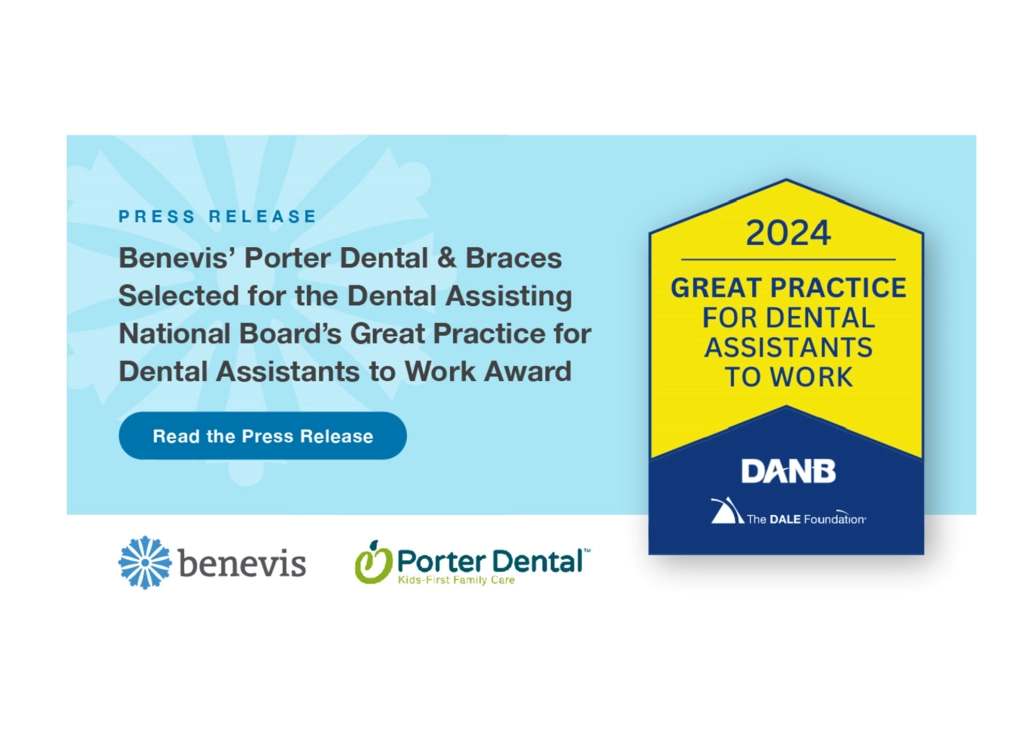Warning: Trying to access array offset on value of type bool in /data/production/benevis.com-refresh/wp-content/themes/benevis-custom/single.php on line 50
When President Gerald Ford recognized Black History Month in 1976, he declared it an “opportunity to honor the too-often neglected accomplishments of Black Americans in every area of endeavor throughout our history.”
The month continues to be a time to celebrate the accomplishments of Black Americans. In doing so, however, it’s also important to consider the many racial inequities that still exist throughout our society. The field of dentistry is no exception.
In honor of Black History Month, this is the first of three blogs focused on the role of Black Americans in dentistry.
A Persistent Imbalance
It’s been more than 150 years since the nation’s first Black American student graduated from dental school, yet there remain wide disparities in racial and ethnic diversity across the profession. Compared to the overall U.S. population, Black Americans are sorely underrepresented among dentists — they make up 12.4% of the country’s population, but just 3.8% of dentists. Meanwhile, White Americans comprise 60% of the U.S. population and 70.2% of the nation’s dentists.
It is a long-running issue. The population-to-dentist ratio for Black Americans has remained virtually unchanged for nearly two decades. In 2005, Black Americans comprised 12.2% of the population and 3.7% of dentists.
The factors that contribute to these gaps are complex and many. In higher education, Historically Black Colleges & Universities (HBCUs) are essential to increasing diversity among healthcare professionals. HBCUs produce a large proportion of the nation’s Black dentists, yet only two such schools offer doctoral degrees in dentistry. Howard University School of Dentistry in Washington, D.C., was established in 1881 and Meharry Medical College School of Dentistry in Nashville, Tenn., was established in 1886.
A Critical Role in Reducing Health Disparities
Meharry Medical College alone is responsible for graduating an estimated 40% of the nation’s Black dentists, according to the college’s Office for Research and Innovation. Like Howard and other HBCU graduates, many of Meharry’s dental school graduates go on to work in underserved communities.
Black dentists play a critical role in helping to reduce healthcare disparities that disproportionately affect people of color. They are more likely to treat non-White races, ethnicities and people from disadvantaged communities. As a result, they shoulder a disproportionate share of the burden of caring for these communities.
Black dentists treat 61.8% of Black patients, while White dentists treat just 10.5%, Hispanic dentists treat 9.8%, and Asian dentists treat 11.5%. In addition, 63% of Black dentists treat Medicaid or Children’s Health Insurance Program (CHIP) patients, compared to 43% of dentists overall and 39% of white dentists.
These statistics illustrate the lack of diversity within the dental field and the importance of closing those gaps to help ensure more equitable oral health for all communities nationwide.
Our next blog will examine the vital contributions of five key Black dentists in history.
Related Articles

Benevis’ Porter Dental & Braces Selected for the Dental Assisting National Board’s Great Practice for Dental Assistants to Work Award
Posted on: July 24, 2024
Benevis today announced that the company’s Porter Dental & Braces dental home has earned a Great Practice for Dental Assistants to Work award from the Dental Assisting National Board (DANB). The Baltimore, MD, location was recognized for cultivating a supportive and fulfilling environment for the Dental Assistants that work there.

Benevis’s Director of Dental Hygiene Dominique Szach Wins National Award from the American Dental Hygienists’ Association (ADHA)
Posted on: July 18, 2024
Dominique Szach, director of dental hygiene at Benevis, won a national award from the American Dental Hygienists' Association (ADHA). The Standout Seven Award is given to a hygienist who demonstrates exemplary dedication and innovation in their role.

In Recognition of Men’s Health Week, Benevis Shines a Spotlight on Male-Specific Oral Health Care Habits and Behaviors
Posted on: June 10, 2024
Benevis kicks off Men’s Health Week June 10-16 by calling attention to oral healthcare trends and health risks that are most likely to impact the male population.
